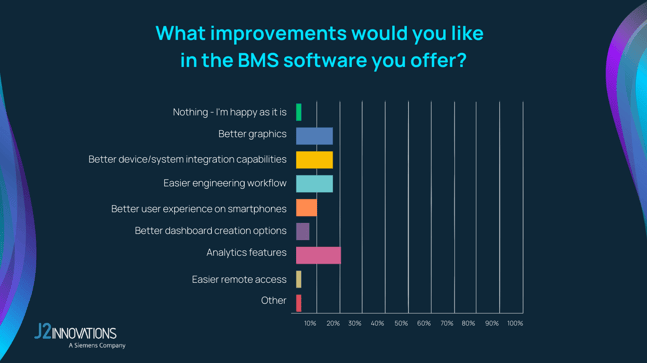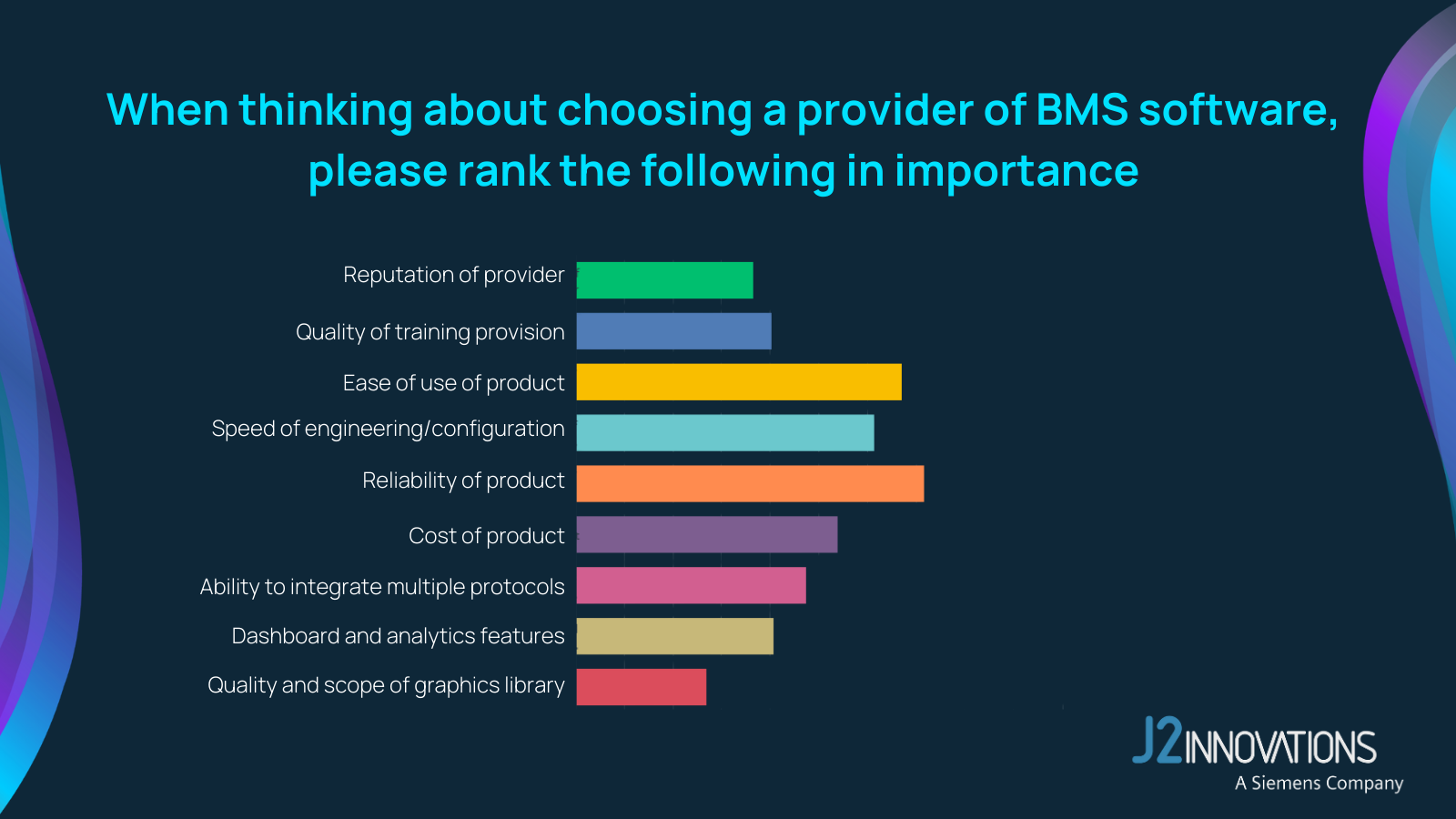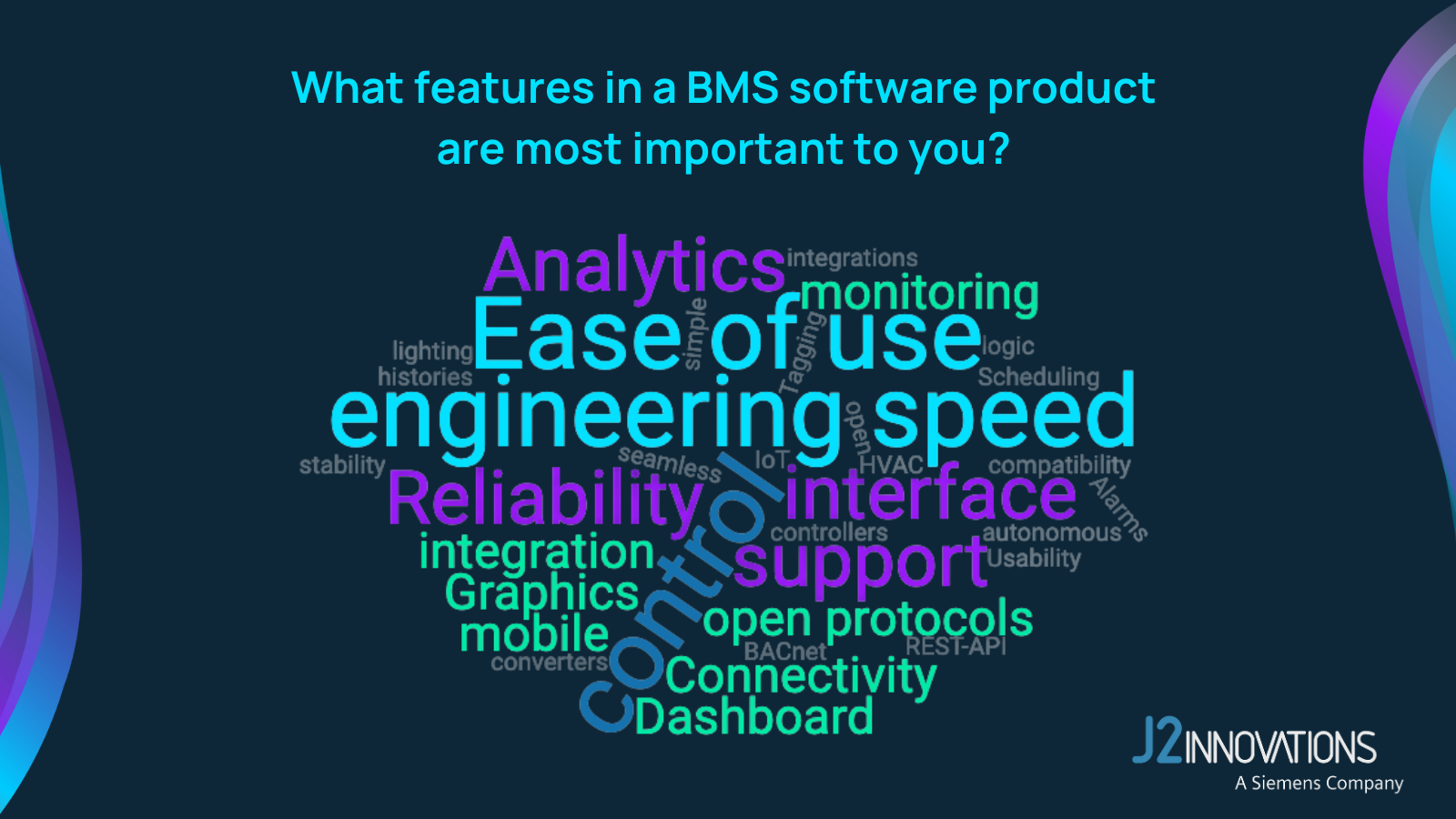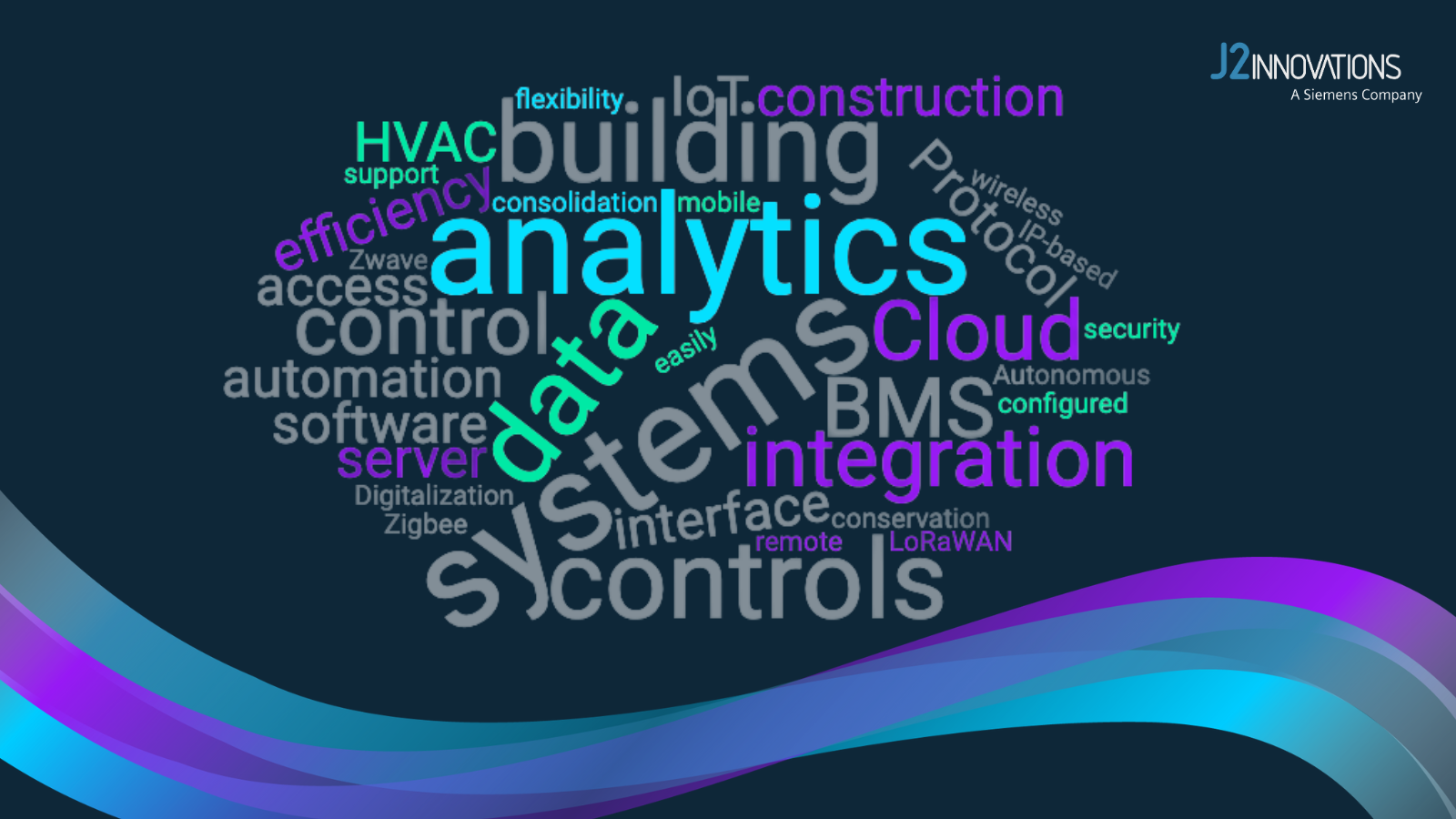The home of smart buildings, smart equipment and IoT

According to a recent report published by Infinium Global Research, the BMS (Building Management System) market will reach 154.8 billion by 2025, with an annual growth rate of 14.1%. This is no surprise to those in the industry, as we have seen the capabilities of buildings evolve and change over the past decades, becoming more sophisticated and connected than ever before.
IoT and sensor technology is revolutionizing the way we interact with buildings while the cost of managing them has made wider deployment more viable. This accessibility and ease of use has also been due to open protocols and industry standardizations like BACnet, KNX and Project Haystack, and KNX. With the BMS industry moving and now changing at such a fast rate, we surveyed a group of System Integrators from across the globe to get their perspective on the needs and trends they’re seeing.
Our survey uncovered some pressing issues in the state of Building Management System software. Overall, 27% of those surveyed were either “very unsatisfied” or “unsatisfied” with their current BMS offering.
Among improvements they’d like to see made to the BMS software they offer, these were the top three requests:

When choosing a BMS, the top three most important factors listed were:

It’s clear that one of the biggest pain points for System Integrators is the user experience. Integration, better workflows, and ease of use were consistent answers across the board. When it came to feature requests, among a consistent request for better UX, we also saw an increased need for analytics dashboards, full BACnet support, seamless integration, and autonomous operation. As building operators are expecting far more from their buildings, there is clearly much that needs to change in the BMS software used by Systems Integrators to deliver smart buildings.

As a System Integrator, choosing a BMS comes down to which solution will work best for the project and the facility manager. This decision can be somewhat overwhelming as there are so many options available now. As a smart buildings technology provider, we wanted to pinpoint some of the challenges SI’s are facing in the field to ensure that we are helping to solve them. Here are the top challenges we saw in the responses.
Finally, it’s important that we keep our finger on the pulse of the industry and the people who work at all levels within it. Many of the responses we saw from SIs when asked about trends had to do directly with their needs and challenges. For example, the shortage of qualified engineers will force the industry to rethink the way control systems are implemented and configured. Simplifying the way integrated control systems are configured and managed is something we’ve been focusing on here at J2, with our microBMS and plant room optimization appliances featuring a step-by-step wizard to de-skill the installation & commissioning processes, as well as auto-generated dashboards to completely avoid the need to manually create graphics for a project.

A heightened awareness for energy consumption is also increasingly apparent. That need will drive more analytical features to be embedded into BMS systems in the future. Other trends listed by survey respondents included increased cybersecurity, increased mobile access, plug n’ play functionality, and cloud accessibility. Here are just a few responses that stood out.
“Cloud based system integration across various buildings into a single access portal with dynamic dashboard/user interface.”
“I see wireless solutions becoming more prevalent. Protocols like Zigbee, Zwave, or LoRaWAN.”
It’s clear that innovation and increased usability are what users will be looking for in a BMS. The question is, who will answer the call? At J2 Innovations, we’ve been focused on creating software that improves workflow, engineering speed, and accessibility.
We'd be delighted to chat about how we can help address your needs - email me for a virtual coffee and catch up - Chrisi@j2inn.com
Chris is a J2 Innovations consultant who originally joined J2 in 2018 to develop sales in Europe, the Middle East and Asia. Chris comes with a wealth of experience in the building automation market and skills in strategic business development and marketing. Chris spent 12 years developing Tridium's open framework business in Europe, so he is excited to be now working with the next-generation product. Chris is passionate about simplicity, energy saving, renewable energy, and electric transport.
Topics from this blog: J2 News & Events FIN Stack Systems Integrator Smart Buildings
Back to all posts
J2 Innovations Headquarters, 535 Anton Blvd, Suite 1200, Costa Mesa, CA 92626, USA. Tel: 909-217-7040